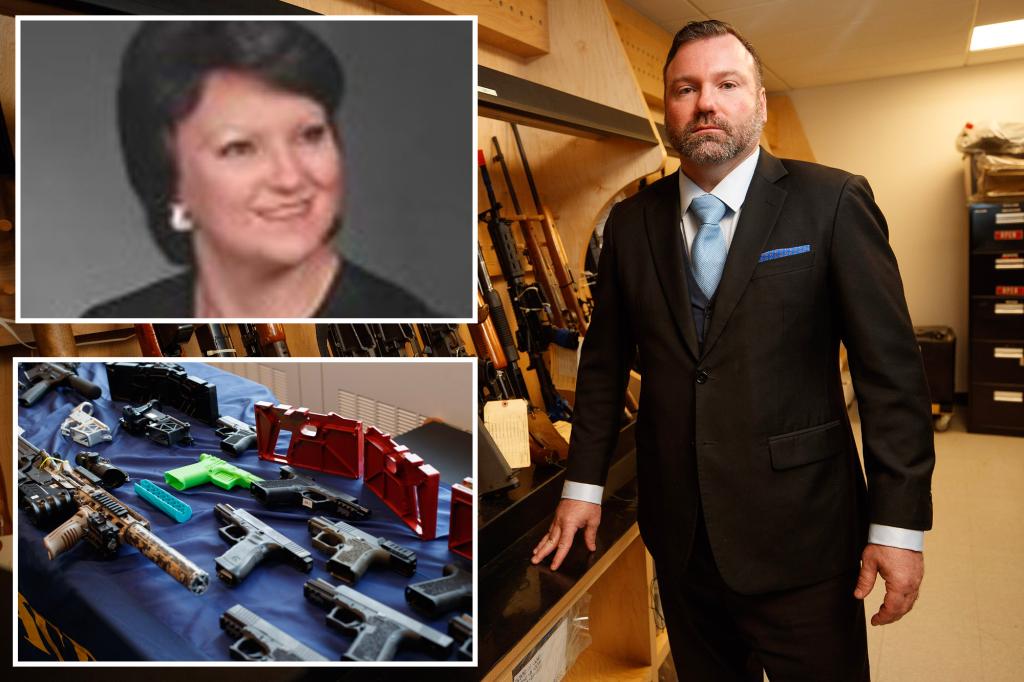John DeVito, the top agent with the Bureau of Alcohol, Tobacco, Firearms and Explosives (ATF) in New York City, has a personal connection to gun violence as his mother was shot to death by her deranged boyfriend, who also shot DeVito when he was 15. Growing up in low-income housing in Alabama, DeVito vividly remembers the smell of gunpowder from that tragic day. After his mother’s death, he joined the ATF as an intern and later became an official agent in 1997, serving in various posts before arriving in New York City in 2019.
Throughout his career, DeVito has worked on investigating armed drug trafficking organizations, armed robberies, car-jackings, gang-related crimes, murders, firearms trafficking offenses, and served on ATF’s Special Response Team for over ten years. In New York, he played a crucial role in creating a Gun Violence Strategic Partnership between the ATF and the NYPD, aiming to trace guns used in crimes more efficiently to determine their origins and possible involvement in other offenses.
One of DeVito’s significant successes was in the case of subway shooter Frank James, who opened fire on commuters in Brooklyn, killing 10 people. The ATF assisted the NYPD in tracking the firearm used by James to an Ohio seller, providing key evidence for the case against him. This successful collaboration led to a stronger partnership between the agencies and a more proactive approach to tracing firearms used in crimes, making New York a model for other cities.
DeVito highlights that the real issue lies in guns ending up in the wrong hands rather than the guns themselves. As he approaches retirement, he emphasizes the importance of focusing on individuals who use guns for criminal activities. He is particularly concerned about the emergence of ghost guns, self-made firearms constructed from plastic and metal parts. While currently a small percentage of firearms in the city, DeVito warns that these guns could pose a larger problem in the future due to their ease of production.
The increasing use of 3-D printers to manufacture gun parts poses a new challenge for law enforcement, as individuals can now create main gun bodies and purchase other necessary components. DeVito predicts that composite plastics may become so durable that entire gun components, such as slides and barrels, could be digitally printed in the future. Despite the evolving nature of gun production, DeVito plans to retire and spend more time with his family in Tennessee, reflecting on how his mother’s death has shaped his life and career.
In conclusion, John DeVito’s personal experience with gun violence has fueled his dedication to combating illegal firearms and ensuring public safety. Through his work with the ATF and the NYPD, he has been instrumental in developing strategies to trace guns used in crimes efficiently, leading to successful prosecutions of dangerous individuals. He remains an advocate of responsible gun ownership while recognizing the ongoing challenges posed by emerging technologies like 3-D printed firearms. As he prepares for retirement, DeVito’s commitment to his work and his community serves as a lasting legacy in the fight against gun violence.


